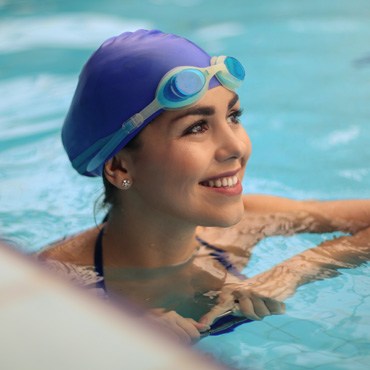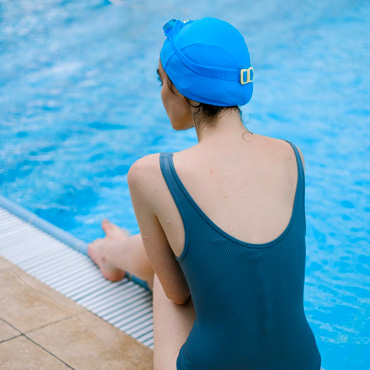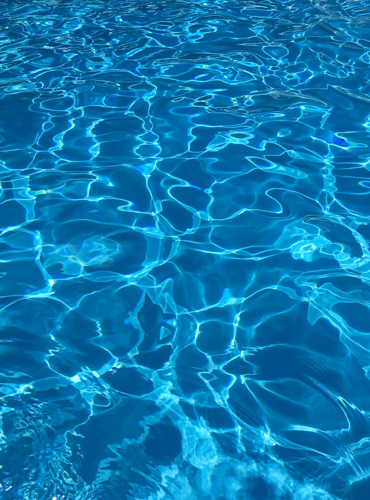Swimming and Epilepsy
Introduction
This booklet was originally prepared by the National Co-ordinating Committee on Swimming for the Disabled. The Mersey Region Epilepsy Association is grateful to them for their permission to reprint.
The question of whether people with epilepsy should swim has for many years aroused controversy, not least among members of the medical profession. To consider this subject further the Co-ordinating Committee set up a working party. This comprised members in the medical, para-medical, baths management and instruction fields, together with a representative from the British Epilepsy Association.
This booklet is the result of their deliberations. The Committee is most grateful to the British Epilepsy Association for their help in producing material and to their medical committee for vetting it. Inevitably, the controversy will continue but we hope that the information and advice offered will help to allay fears and enable more people with epilepsy to enjoy swimming.





